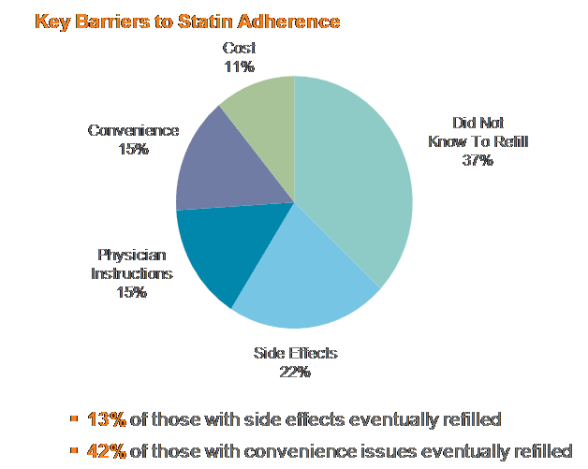Is there a correlation between education and health? Studies do in fact indicate that there is a positive relationship between advanced education levels and health outcomes. This association has been well-documented in many countries and for many different metrics of health.
Jobs that require a particular level of education typically provide better access to quality healthcare. Studies indicate that unemployment rates are highest for people without a high school diploma. Additionally, evidence indicates that the unemployed population experiences worse health and higher mortality rates than the employed population.
Other studies have shown that more education can reduce a woman’s risk of depression and obesity. Of course, there are health benefits for men as well: educated men tend to drink less and have less of a chance of dying young.
Multi-Generation Implications
Education has some positive multi-generational implications, as a mother’s level of education is correlated with the health of her children. The parents’ education level affects their kids’ health directly because of resources available to the kids and also indirectly because of the quality of schools their kids attend.
Emotional Health Benefits
Evidence shows that more education means a greater sense of personal control. Individuals who view themselves as having a high degree of personal control report a better health status. These folks are at lower risk for physical ailments and chronic diseases. Also, more education improves an individual’s self-perception of their social status, which also predicts a higher self-reported health status.
Health Literacy
Studies show that only three percent of college graduates have below average health literacy skills. On the other hand, fifteen percent of high school graduates and forty-nine percent of adults who don’t have a high school diploma have health literacy skills that are below average. Reports indicate, not surprisingly, that adults with less than average health literacy are more likely to be considered unhealthy.
Education and Health Report
The authors of the Education and Health Report, David M. Cutler of Harvard University and Adriana Lleras-Muney of Princeton University, find a clear connection between education and health. This connection cannot be completely explained by factors such as the labor market, income, or family background indicators. Health and education have a complicated relationship.
The report shows that for some health outcomes, including obesity and functional limitations, the impact of education appears to be even more positive after people have obtained education beyond a high school diploma. The relationship between health and education seems to be the same for men and women across most outcomes; however, there are a few exceptions.
Race, Education, and Health
Studies show there are few racial differences regarding the impact education has on health. For outcomes that do show differences between Caucasians and Blacks, such as being in fair or poor health, Caucasians tend to experience more positive health benefits from more education when compared to Blacks with the same level of education.
Literacy and Health
Low literacy is associated with adverse health outcomes and negative effects on the health of the population. Additionally, poor literacy skills often contribute to a poor understanding of spoken or written medical advice.
Ten studies showed a positive, significant relationship between literacy level and the participants’ knowledge of the following health issues:
- Contraception
- Smoking
- Hypertension
- Human immunodeficiency virus (HIV)
- Asthma
- Diabetes
- Postoperative care
Clearly, there is a positive connection between education and health. A better educated society leads to better overall health and lower healthcare costs.
Useful Resources
Brian Jenkins writes about a variety of career and college topics for BrainTrack.

 January 31, 2011
January 31, 2011 






